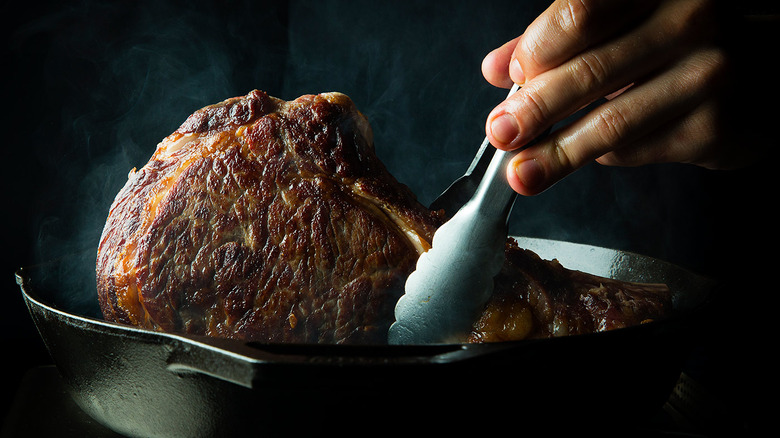Wet-Aged Vs. Dry-Aged Steak: What's The Difference?
Spoiler alert: One of them is way easier on your wallet
Carnivores know that beef should be aged to tenderize the meat and concentrate flavors. But some steaks are wet-aged, and others are dry-aged: Is there really a difference?
Dry-aged beef is hung in the air to dehydrate at a temperature just above freezing for weeks, or up to months. The steak builds a thick, moldy coat that's cut away before cooking. High-end steakhouses often show off their steaks in glass aging cases.
Wet aging is a newer technique where beef is vacuum-sealed and refrigerated so that natural enzymes can tenderize the meat. Wet aging takes just a few days, so it's cheaper than dry aging.
Learn the difference between these other common ingredients:
- Gelato vs. Ice Cream
- Parmesan vs. Pecorino
- Sourdough vs. White Bread
